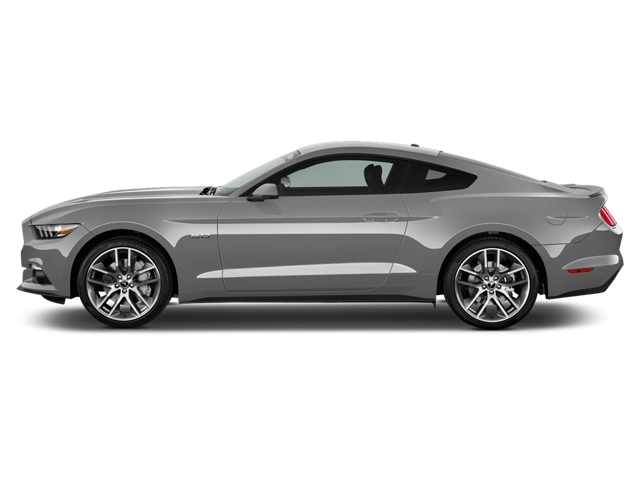2009 Ford Mustang Owner's Manual

Table of Contents
2009 Ford Mustang Overview
Introduction
The 2009 Ford Mustang continues the legacy of America’s classic pony car, offering a perfect blend of vintage styling and modern performance. This model year showcases a thrilling driving experience, appealing both to muscle car enthusiasts and everyday drivers alike. With a robust lineup of features and powerful engines, the 2009 Mustang captures the essence of American automotive culture with its aggressive stance and timeless design.
Powertrains
The Mustang offers two compelling powertrain options that cater to a wide range of performance expectations. The base V6 engine is a 4.0-liter powerhouse, generating an impressive 210 horsepower and 250 lb-ft of torque, making everyday driving exhilarating. For those seeking more adrenaline, the GT model features a 4.6-liter V8 engine that delivers a stout 300 horsepower and 300 lb-ft of torque. Both engines can be paired with either a five-speed manual or a five-speed automatic transmission, providing smooth and responsive handling for every driving scenario.
Trims
The 2009 Ford Mustang is offered in multiple trims: the base Mustang V6, the more powerful Mustang GT, and special editions like the Mustang Bullitt, which pays homage to the iconic 1968 film. Each trim offers unique styling elements and features, ensuring buyers can pick a model that suits their preferences and performance desires, from sporty aesthetics to enhanced engineering and capabilities.
Features
Within the cabin, the Mustang is designed with both comfort and technology in mind. Standard features include supportive seating, a crisp sound system, and a user-friendly interface. Higher trims offer advanced options like leather upholstery, premium audio systems, and modern infotainment integration. With sufficient trunk space and rear seating, the Mustang is not just about speed—it caters to practical needs as well.
Owner's Manual
The 2009 Ford Mustang owner's manual provides comprehensive information for vehicle maintenance, safety features, and operational guidelines. From tips on caring for the powerful engine to understanding the entertainment and navigation systems, the manual serves as an essential tool for both seasoned drivers and new Mustang owners, ensuring a rewarding ownership experience.
User manual download
The Ford Mustang owner manual for the 2009 model year is to be found in PDF downloadable format on this page. The owner manual for the model year 2009 is free and in English, but the repair manuals are usually not easy to get and may cost more.
Manual Questions
Fill the form below and someone will help you!

